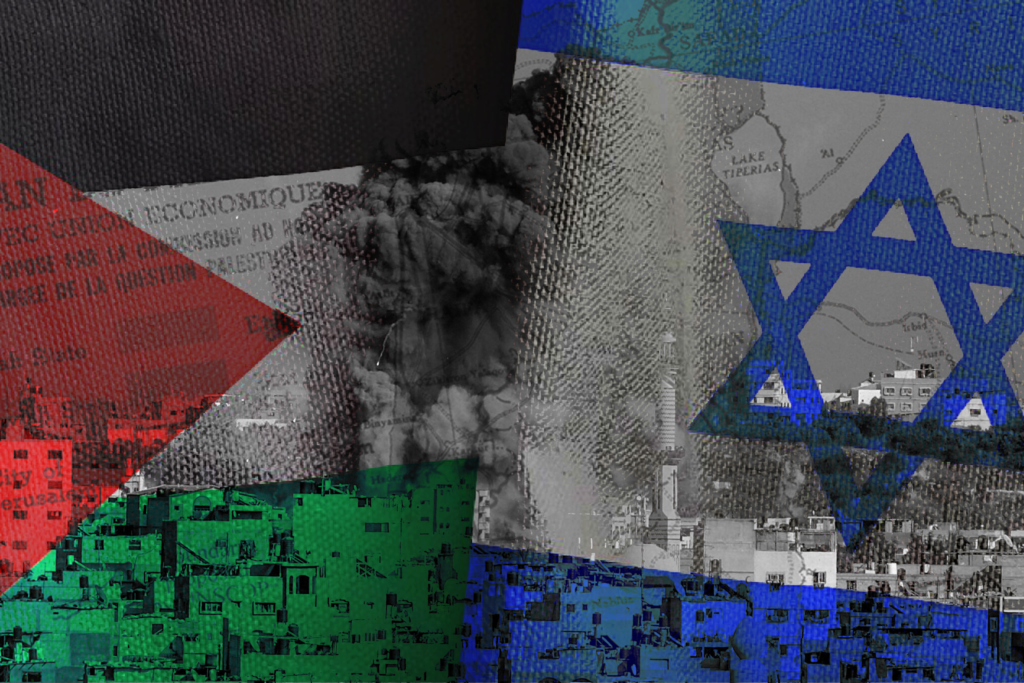History of Land: TV5 explains the roots of conflict between Israel and Palestine

CHEERS TO TV5 for its two explainers on the long history of conflict and the global implications of the war between Israel and Palestine. News headlines have given the war necessary prominence; but with few attempts to go beyond the unfolding action on the ground and the usual limited focus on Filipino workers in the area.
On October 9, a report traced the long and complex history of conflict between Israel and Palestine, providing background to the outbreak of war provoked by the militant Hamas in Gaza. Ed Lingao’s explainer stands out from among those provided by other media outfits for its deep dive into territorial history, biblical sources and the divisions nurtured by culture and religion.
He listed the different names given to the land in the course of time – Palestine, Judea, Canaan, Kingdom of Israel, among others. He posed the crucial question for which there is no one answer: “Sino ang may karapatan sa lupa? Ang unang nanirahan o ‘yung huling nanirahan? ‘Yun bang nagpatayo ng bahay o ‘yung huling nanalo sa giyera?” (Who has the right in the land, one who lived first or lived last? The one who built the house or the one who won the last battle?)
The 5-minute report identified the crucial passages – the rise of Zionism and the United Nations Resolution 181 which divided Palestine into a Jewish and Arab state, excepting the district of Jerusalem, the site of shrines sacred to Christians, Jews, and Muslims. Israel fought serial wars as it expanded its settlements. In 1950, it passed the Law of Return which welcomed any Jew to become an Israeli, growing its population even more.
The report reflects the deep appreciation for the complexity of both ancient and contemporary history. It makes clear Israel’s encroachment into Palestinian lands as its growing population settled beyond its original borders, receiving a much deserved warning from the UN about its illegal occupation of more land. Historical photographs and maps summarize the basis of its estrangement from its Arab neighbors.
He ends this report wondering if peacemaking efforts between Israel and Arab nations could continue or if the fighting will cause an even sharper alignment of hostile alliances.
On October 20, Lingao followed up detailing the different arenas of war which could engage global powers, namely the United States and Russia and their allies in the volatile region. He pointed to Iran’s support for both Hamas and Hezbollah, another militant Arab group based in Lebanon. He also described the positions taken by Syria, Egypt and Saudi Arabia.
“Aakalain mong ang giyera sa pagitan ng Israel at Hamas ay simpleng isyu lang ng isang matatag na estado at ng isang grupo ng mga rebelde o terorista. Pero sa bahaging ito ng mundo, kabit-kabit hindi lamang ang kasaysayan kundi ang dugo at alyansa,” (You would think the war between Israel and Hamas is a simple issue of an established state and a group of rebels and terrorists. But in this side of the world, not only is history linked, but even blood and alliances,” Lingao sharply pointed out.
His approach projects the conflict between Israel and Palestine as inherently relevant to an increasingly divided world. Furthermore, the potential of war with multiple arenas would affect the rest of the world, Filipinos included.
Lingao has done a stunning job, breaking away from the parochialism hounding newsrooms in this country; and reaching out to the public and making the story meaningful on so many levels. In his hands, journalism becomes a tool for continuing learning.
Leave a Reply